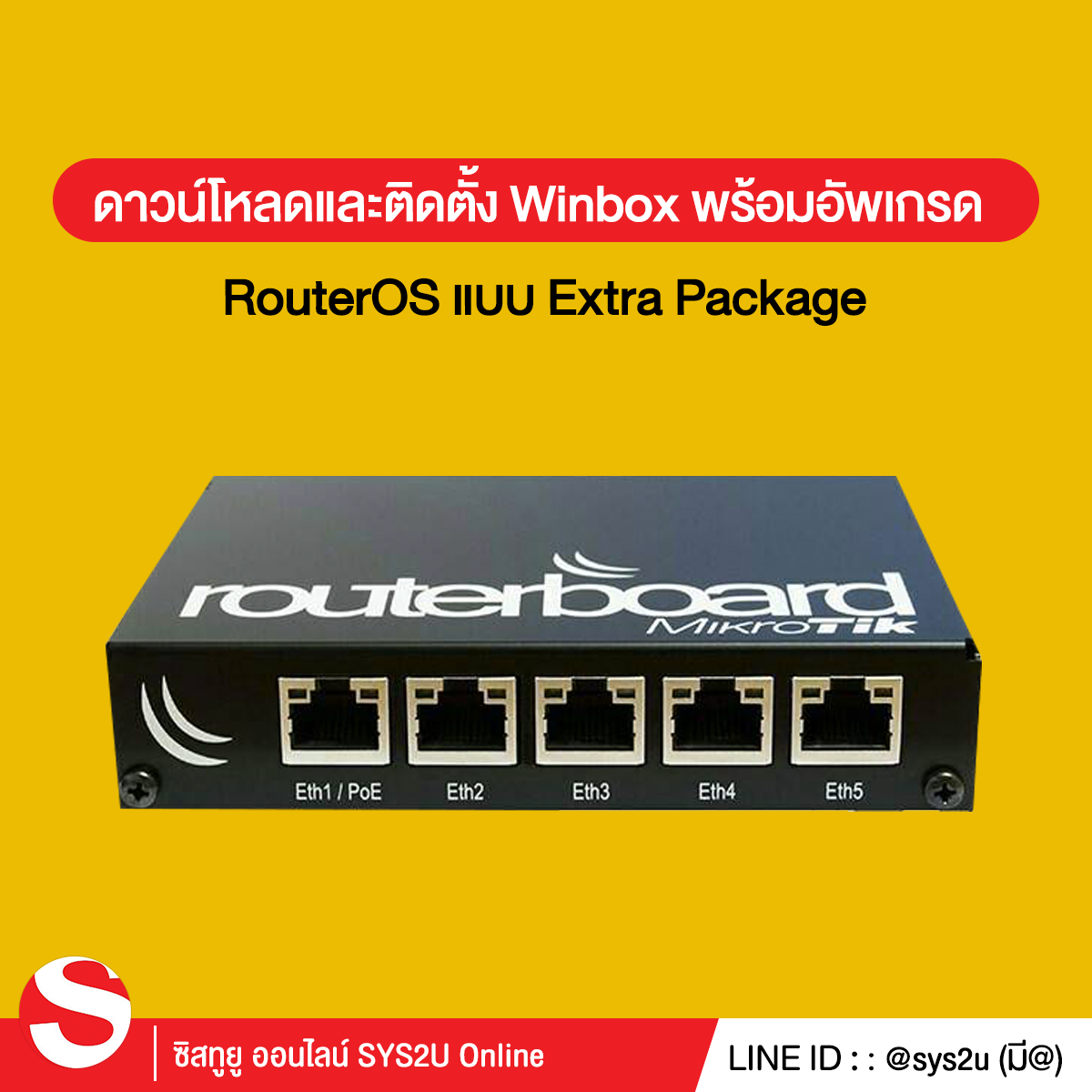

- Packages required for pppoe server on mikrotik routeros how to#
- Packages required for pppoe server on mikrotik routeros password#
interface l2tp-server server set authentication=mschap2 default-profile=vpn-profile enabled=yes max-mru=1460 max-mtu=1460 use-ipsec=yes ip ipsec peer add address=0.0.0.0/0 exchange-mode=main-l2tp nat-traversal=yes generate-policy=port-override secret=”” enc-algorithm=aes-128,3des ppp secret add name=”” password=”” profile=vpn-profile service=any ppp profile add change-tcp-mss=yes local-address=10.0.0.1 name=vpn-profile remote-address=pool-vpn dns-server=10.0.0.1 use-encryption=yes ip pool add name=pool-vpn ranges=10.0.0.80-10.0.0.85Īdd chain=input action=accept comment=”VPN L2TP UDP 500″ in-interface=ether1-gateway protocol=udp dst-port=500Īdd chain=input action=accept comment=”VPN L2TP UDP 1701″ in-interface=ether1-gateway protocol=udp dst-port=1701Īdd chain=input action=accept comment=”VPN L2TP 4500″ in-interface=ether1-gateway protocol=udp dst-port=4500Īdd chain=input action=accept comment=”VPN L2TP ESP” in-interface=ether1-gateway protocol=ipsec-espĪdd chain=input action=accept comment=”VPN L2TP AH” in-interface=ether1-gateway protocol=ipsec-ah It’s connected to a bridge interface together with ether2-master-local, ether3-slave-local and ether4-slave-localĥth port is seperated from the bridge and only working with 2 vlans. My WAN interface (port 1) is ether1-gateway. So the posted configuration should perfectly work on my MikroTik. Keep in mind that there will be high CPU usage on the router, and my RB951G-2HnD can get about 20Mbps at 80% CPU usage. You should now have a working L2TP/IPSec VPN setup, and it’s time to configure it on the clients. Now that everything is in place, we can simply enable the VPN server and choose the right profile: /interface l2tp-server server set authentication=mschap2 default-profile=vpn-profile enabled=yes max-mru=1460 max-mtu=1460 use-ipsec=yes ip ipsec proposal set enc-algorithms=aes-128-cbc,3des encryption standards, L2TP secret, who can connect, NAT traversal: /ip ipsec peer add address=0.0.0.0/0 exchange-mode=main-l2tp nat-traversal=yes generate-policy=port-override secret="yourl2tpsecret" enc-algorithm=aes-128,3des We can now create VPN users: /ppp secret add name="yourusername" password="yourpassword" profile=vpn-profile service=anyĬonfigure IPSec settings, i.e. You can set it to be outside of the local subnet, but make sure that your firewall allows the connection: /ppp profile add change-tcp-mss=yes local-address=10.0.0.1 name=vpn-profile remote-address=pool-vpn dns-server=10.0.0.1 use-encryption=yes Make sure that these rules are above the firewall rule that blocks all traffic on the WAN interface: /ip firewall filterĪdd chain=input action=accept comment="VPN L2TP UDP 500" in-interface=pppoe-out1 protocol=udp dst-port=500Īdd chain=input action=accept comment="VPN L2TP UDP 1701" in-interface=pppoe-out1 protocol=udp dst-port=1701Īdd chain=input action=accept comment="VPN L2TP 4500" in-interface=pppoe-out1 protocol=udp dst-port=4500Īdd chain=input action=accept comment="VPN L2TP ESP" in-interface=pppoe-out1 protocol=ipsec-espĪdd chain=input action=accept comment="VPN L2TP AH" in-interface=pppoe-out1 protocol=ipsec-ahĬreate a VPN profile that will determine the IP addresses of the router, VPN clients, and DNS server. And this article will use only command line – you can “translate” it to the GUI you use, either web interface or Winbox.įirst of all, create a pool of addresses that VPN clients will get once connected: /ip pool add name=pool-vpn ranges=10.0.0.80-10.0.0.85Īllow L2TP/IPSec to pass through the WAN interface.

Packages required for pppoe server on mikrotik routeros password#
Remember to use the longest and strongest password and secret you can use.
Packages required for pppoe server on mikrotik routeros how to#
This article does not discuss why you should use it, only about how to implement a L2TP/IPSec VPN server on Mikrotik RouterOS. If you are using a Mikrotik router, you might have heard of VPN and its usage.


 0 kommentar(er)
0 kommentar(er)
